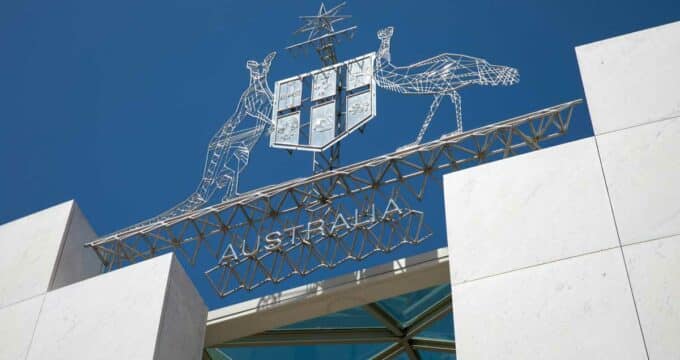US ELT numbers trending down in 2017
A fall 2017 member survey conducted by English USA reveals that a majority of Intensive English Programmes (IEPs) in the US are reporting continued declines in enrolment this year. English USA is the peak body for IEPs in the States with a membership base of roughly 450 programmes. Reflecting some of the programme closures in the US over the past two years, that member base is trending down currently from the previous year’s count of just over 470 IEPs. A flash survey to members in September 2017 yielded 125 responses, which equates to about 28% of the association’s current base. Of those, roughly seven in ten members reported enrolment declines for fall 2017 compared to the year before. About one in five responding members (18.4%) reported enrolment growth, with 40% of those indicating growth of 10% or less. Another 10% of IEPs said that their enrolment was holding steady relative to 2016. Nearly 70% (69.6%), however, reported an enrolment decrease. And almost half of those IEPs indicated a substantial decline in numbers for fall 2017, in the range of a 26–50% drop from 2016. Another 40% said that their numbers were down between 11% and 25% year-over-year. When asked what had contributed most to the decline for fall 2017, responding IEPs cited the current political context in the US as a primary factor (71.72%). Other leading causes noted by respondents included global economic conditions (54.55%), “perceived US visa denials” (47.47%), [a decline in] government-sponsored Saudi scholarship students (46.46%), current US visa policy (44.44%), increasing competition from other destinations (41.41%), and shifts in the exchange rate for the US dollar. For the most part, those responses are pointing back to some of the major factors that have challenged US IEPs over the past two to three years, notably the shifting political climate in the US and the sharp decline in Saudi-sponsored students in intensive English studies. “Most feedback I get from our referral sources is centered around uncertainty students and parents feel,” said one respondent. “Not knowing if policies for students will change and how it will impact them if they choose to study in the USA.” “Our decrease in enrolment started two years ago,” added another, in speaking to the significance of long-term Saudi scholarship students for many US programmes. “We were predominantly Saudi. Scholarship changes have seriously impacted enrolment. We are still at less than half the average enrolment before 2014.” The obvious caution here is that the survey represents only one view of current enrolment trends in the US, and from only a percentage of the English USA membership. We often look to the Institute of International Education (IIE) for a more comprehensive picture of foreign enrolment in the US, and that broader view for 2017 won’t likely be available until spring 2018. The latest full-year data from IIE indicates a 19% drop in student numbers, and a 23% decline in student weeks, between 2015 and 2016. IIE has noted as well, however, that IEP enrolment is also more sensitive to changing market conditions and tends to fluctuate more widely year-over-year. “This is likely due to the very nature of the differences between international students who are coming for multi-year stays to pursue degrees, and language programmes of shorter duration that are more subject to currency fluctuations or other factors,” says IIE Research Specialist Julie Baer. All that said, English USA’s flash survey for fall is an important indicator of how the market is faring this year amidst challenging trading conditions. There is no quick fix to some of those downward pressures on enrolment, especially the imperative to replace the large number of Saudi students that filled many IEP classes in recent years. And IEP administrators and recruiters are working hard to do just that, and to reposition and differentiate their English programmes in an ever-more competitive marketplace. At the 2017 NAFSA conference in June, English USA President Patricia Szasz highlighted that member programmes are moving to counter downward pressures on enrolment by opening new, innovative programmes, including short-term study options, new specialisations, and new pathways and partnerships. Ms Szasz noted that members are also expanding their engagement with education agents and testing new pricing policies in order to build or rebuild IEP enrolments. For additional background, please see:
















